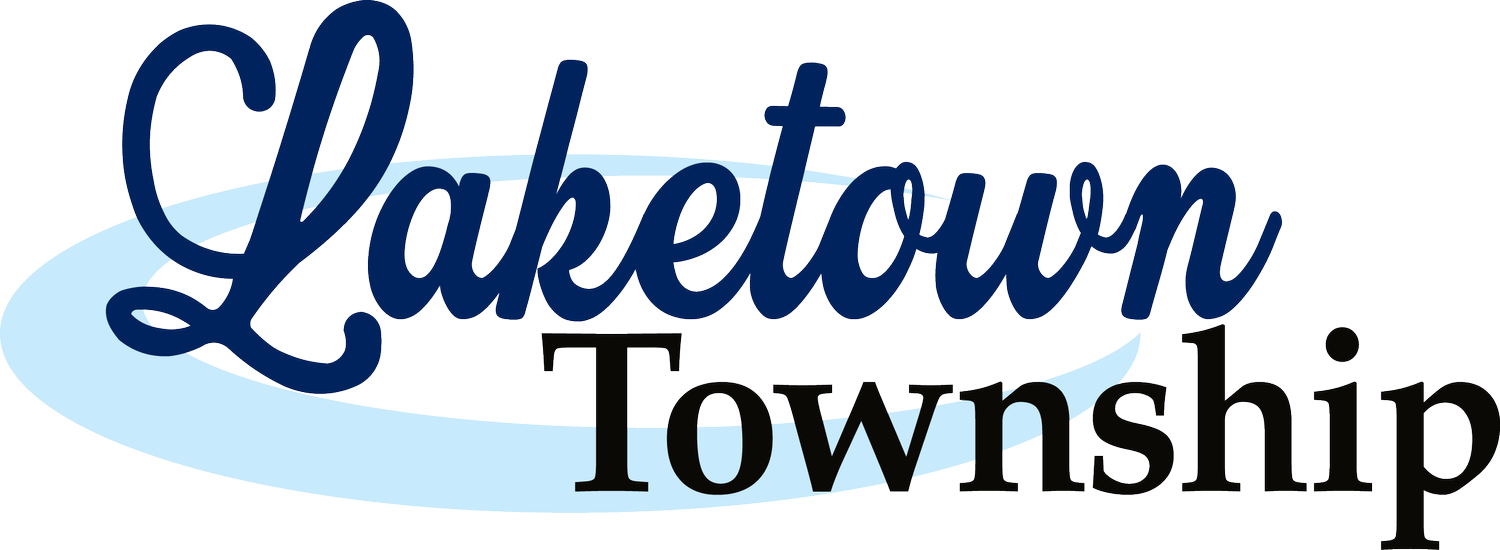BURN PERMITS
Burn permits may be obtained on-line on the DNR Website or obtained in-person at the Laketown Town Hall. Call ahead to arrange a time to pickup a burn permit. 952-442-5278.
Carver County Ordinance requires an Open Burn permit year round, including during snow cover.
The permit is valid for open burning as specified in Minn. Statute 88.16 Minnesota. Uniform Fire Code and is subject to local ordinances. Permits issued by the township are for brush and untreated wood only.
Both on-line permits and those obtained at the town hall expire at 8:00 AM on January 1st.
The permit does NOT authorize running fires, burning of oils, petrol fuels, rubber, plastics, tires, chemically treated materials, treated, painted or glued wood, shingles, tar paper, insulation, composite board, sheet rock, wiring, paint, paint filters, pesticide containers, leaves, hazardous wastes, demolition debris, construction debris, etc.
Click here for more information Carver County Open Burning
Answers to Frequently Asked Questions can be found here: FAQ
LINKS TO APPLICATION FORMS INCLUDED BELOW
Security Bond Requirement: $10,000.00
Permit Fee: $300.00
Payment required before issuance of permit.
Apply via Carver County and copy to Laketown Township
Township Board considers and then makes recommendation to County.
Permit Fee: $150.00
Permit Fee: $25.00
ACCESS PERMIT (driveway/field approach)
Permit Fee: $50.00
LAKETOWN TOWNSHIP FEE SCHEDULE
Effective 1/13/2025
Liquor License Town Consent = 20% of County fee + $100 background
Annexation Fee= $700.00/acre
ROW Permit = $300.00
Zoning Variance Review = $150.00
Swing away post/mailbox = $ 75.00
Accessory Structure CUP Review = 100.00
Business CUP Review = $100.00
New Access (field/driveway) permit = $50.00
Emergency Address Signs w/post = $35.00
Event permit = $25.00
Title Company Property Assessment Search = $25.00
Special Road Weight Restriction Exemption= $25.00
What is a variance?
[From Carver County Post Date:12/18/2023]
In every city and county, adopted policies regulate how land is used. Commonly called zoning, this area of government defines land uses, guides development, defines the population density of an area, and more. Areas are zoned for different uses such as residential, business, agricultural, parks and open space, and more. A zoning code is a set of standards that guide what can or cannot be constructed in an area, how large it can be, how much space is needed around structures (known as a setback), and more.
But perhaps your property’s shape makes it difficult to expand your existing house, or you want to build a garage that intrudes a foot into the required setback so that it doesn’t meet code requirements. When a project doesn’t fit within the existing zoning code requirements, a person must apply for and obtain a variance.
What is a variance?
When someone applies for a variance, they are requesting an exemption to a zoning code standard. There are two types of variance requests, dimensional and use. In Minnesota, only dimensional variances are allowed.
A variance is typically related to the property’s size and shape, its setbacks, or height limitations. Setbacks are the distance between a building (home, garage, shed, etc.) and a feature (property line, stormwater pond, road, etc.) For example, it is common for there to be a 15-foot setback from a house to a property line.
Use variances are when a property owner applies for a variance to use the property in a different manner than it was zoned for. In Minnesota, use variances are prohibited by state law.
The most common variance request in Carver County townships is for reduced setbacks. Many properties here are unique in shape which makes meeting setbacks requirements for home additions or accessory structures difficult. Even if a structure needs to be 1-foot closer to the property line than what is allowed in the zoning code, it will need an approved variance.
How a variance approved or denied
A variance is approved by the city or county where it is located. In Carver County, cities manage their own variance requests. Requests within townships are managed by the Carver County Land Management Department. Below are steps to apply for a variance in a Carver County township.
Discuss the project with County Land Management Department staff. They can provide preliminary feedback before you apply.
Submit an application. Include a site plan, a letter explaining the proposal (citing the zoning ordinance affected and describing the need for a variance or practical difficulty), completed township recommendation form, and a $500 application fee.
The Land Management Department will review the application, set up a public hearing with the County Board of Adjustment, and notify all neighbors within close proximity of the property on which the request is based.
Tip: If you will be going through the variance process, discuss the request with your neighbors so the notice of the public hearing is not a surprise.
The public hearing takes place at a Board of Adjustment meeting. Staff present the variance request, then the public comment period is opened. Comments can also be submitted via e-mail, phone call, or letter prior to the meeting date.
The Board of Adjustment discusses the variance and either approves it, makes changes, or denies the request. Once the Board of Adjustment approves or denies a variance, that decision is final.
For questions or to learn more, contact Carver County Land Management at 952-361-1820 or email landmanagement@co.carver.mn.us.
Business or Accessory Structure
Apply via Carver County and copy to Laketown Township
Township Board considers and then makes recommendation to County.
Permit Fee: $100.00
SPECIAL ROAD WEIGHT RESTRICTION EXEMPTION
Permit Fee: $25.00

